Honda Hornet 2.0 road test review
The Hornet is Honda's answer to the likes of the Yamaha FZ and the TVS Apache. It has been a heady mix of commuter ergonomics, a frugal engine and contemporary styling, which has made the Hornet 160 a common sight - almost as common as the Unicorn was in the first couple years of its launch. So after that successful stint in the 160cc segment, the Hornet now wants to punch in the higher category and that is the reason why it came out of the BSVI transition point looking more muscular and packing more punch. Honda is calling it the Hornet 2.0 - so you are bound to expect plenty of changes so let's take a look at what's new.
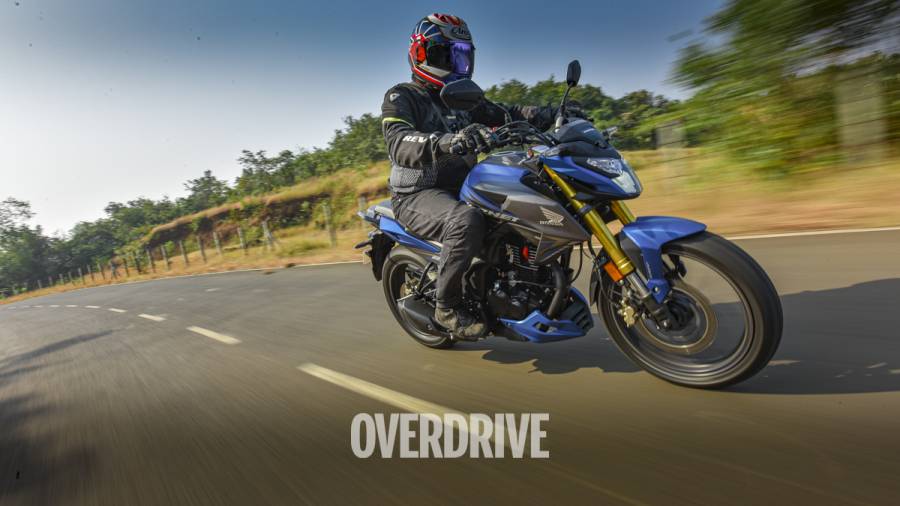
Design
The design of the Hornet builds on the pluses of the original and adds more beef to the bodywork. The sculpting of the tank is more muscular than before, the tank shrouds look sharper, and the so does the new headlight with its leaner design. The headlight's spread and throw is surprisingly good too. The front registration plate is more neatly placed between the headlight and the integrated instrumentation. The kick-starter is gone, but the fully digital instrumentation has a voltmeter to tell you if the battery is low, in case the bike doesn't crank up.
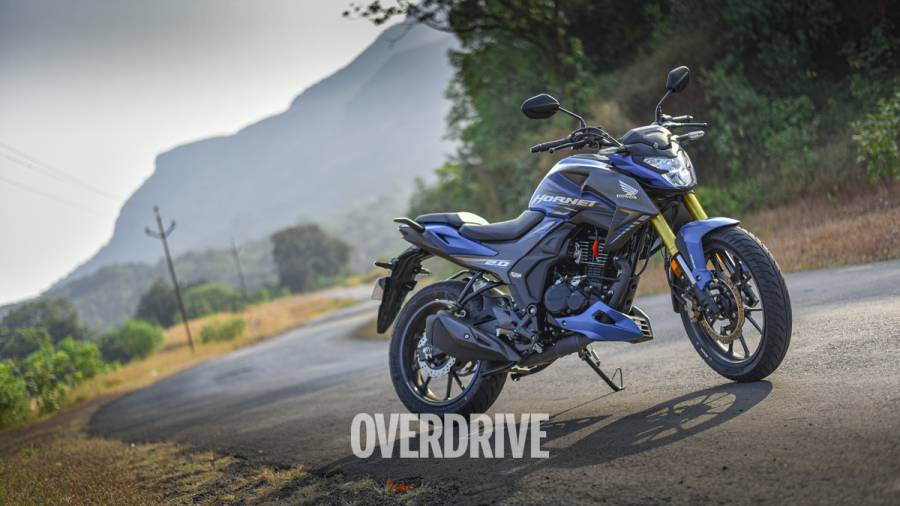
Adding more meat to the front end are the upside-down forks finished in a shade of gold. We questioned, and Honda agrees that a motorcycle of this size, capacity and intent doesn't necessarily need USDs - the conventional forks do just fine - but this requirement comes from the consumer, because it looks premium (and even the KTM 125 Duke gets it, so why not?). The tail has been reworked to match the sharper styling of the rest of the panels, but it retains the signature X-shaped taillight of the outgoing 160. Honda says that the styling of the Hornet is inspired by international street fighters. I can see some resemblance to the yesteryear models of CB600F or CB1000R, which gives the Hornet 2.0 a sportier stance.
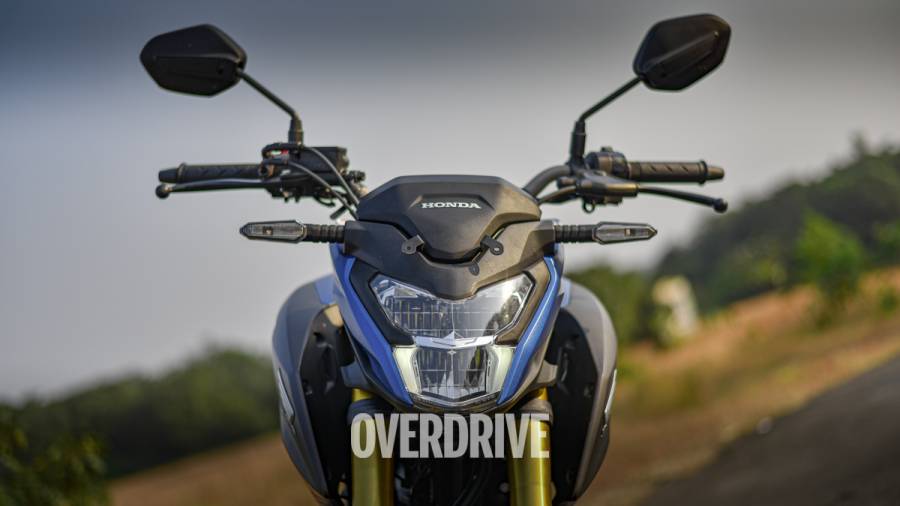
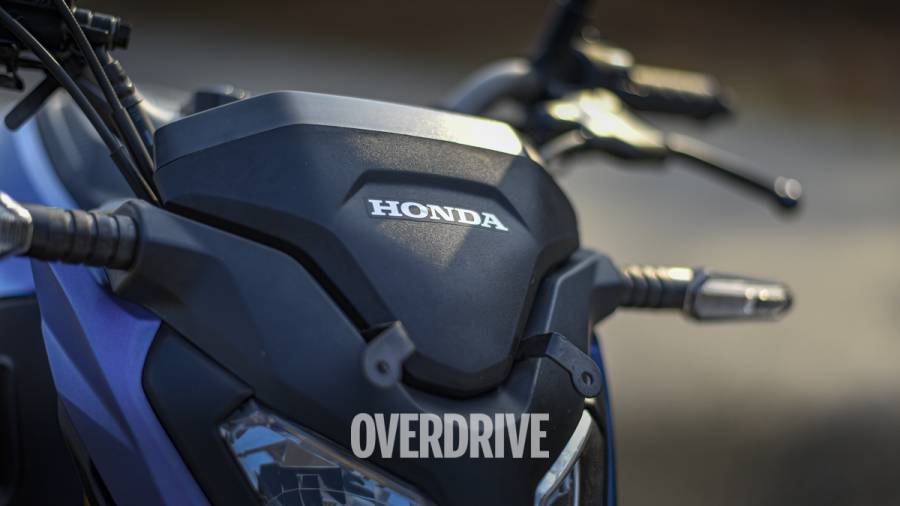
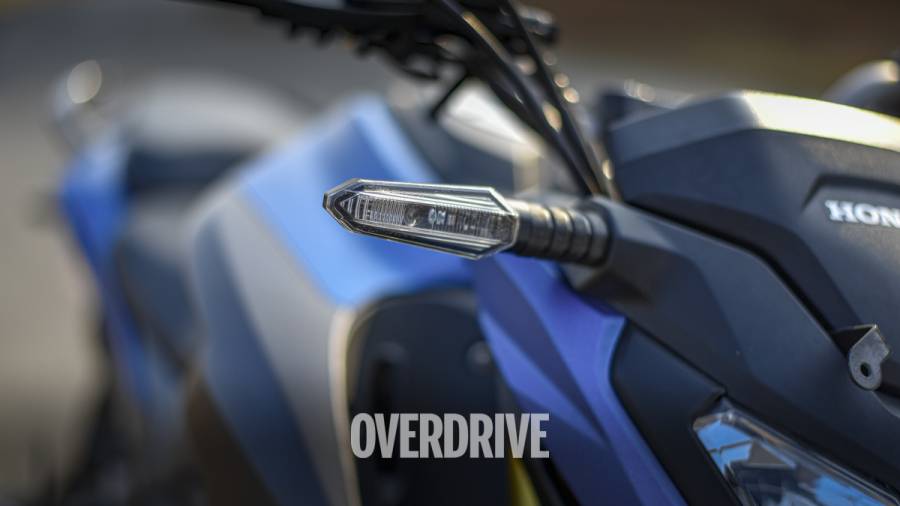
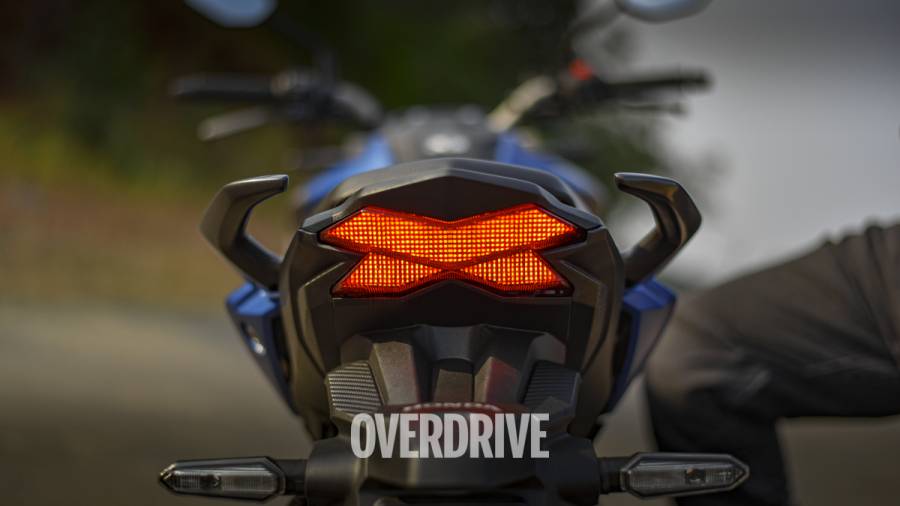
Chassis, Ride and Handling
There is not much change to the chassis and seat height remains a fairly easy and accessible 790mm. The new suspension, however, gives the Hornet 2.0 a slightly more give. The front and rear suspension travel are now rated at 118mm/115mm respectively, versus 117/113mm on the Hornet 160R. But the gain in ride comfort is significantly more than what these numbers suggest. The front feels more supple now and a lot more enduring to poor road conditions. The low-speed ride is more comfortable than before, and high-speed stability is far better too.
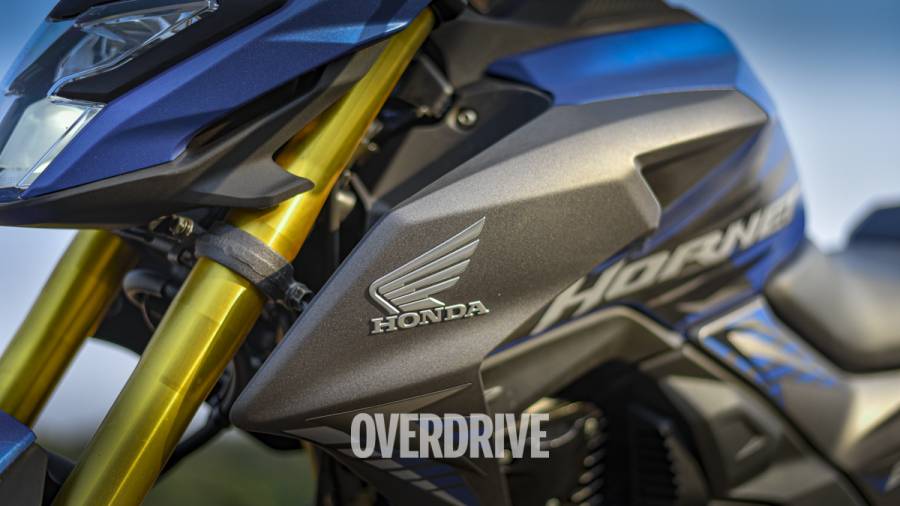
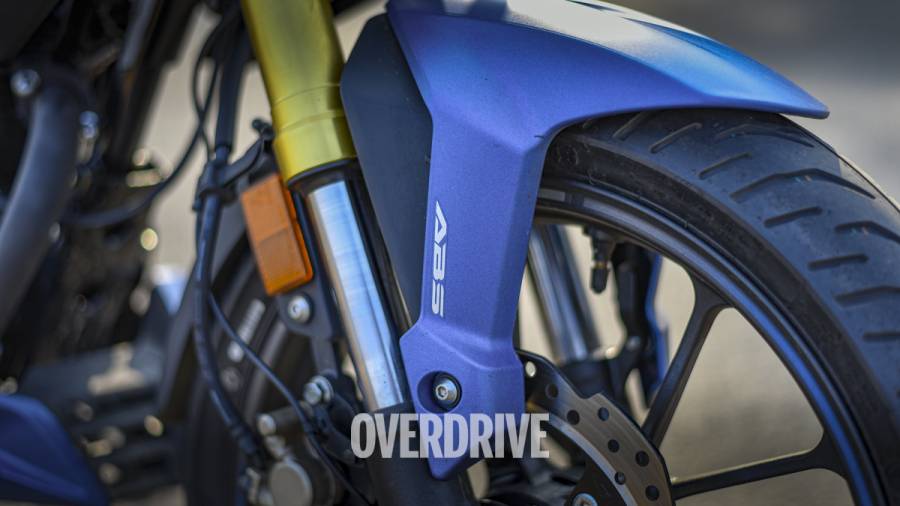
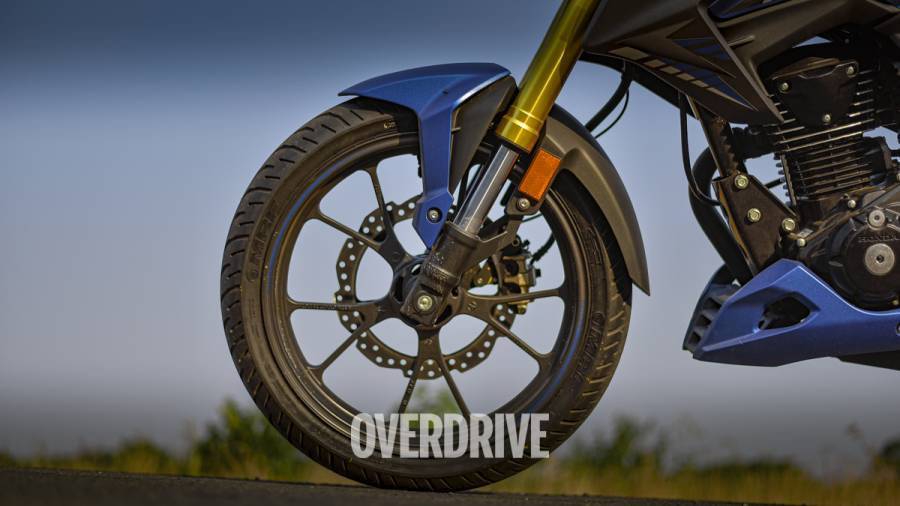
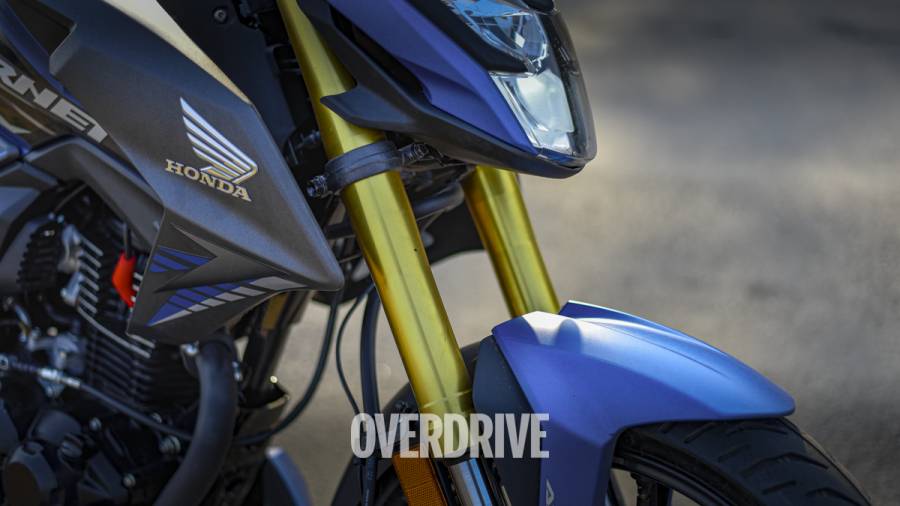
These improvements impact the handling too. The Hornet turns into a corner with a lot more eagerness and feels like a sporty naked now instead of a commuter trying hard to catch up with its sportier competition. In fact, it is so sharp now that you will find the engine underpowered. It's one of those rare occasions where the engine just can't catch up with the handling dynamics of the vehicle. Too bad Honda doesn't have larger engine options for this setup unlike say the single-cylinder KTM Duke family.
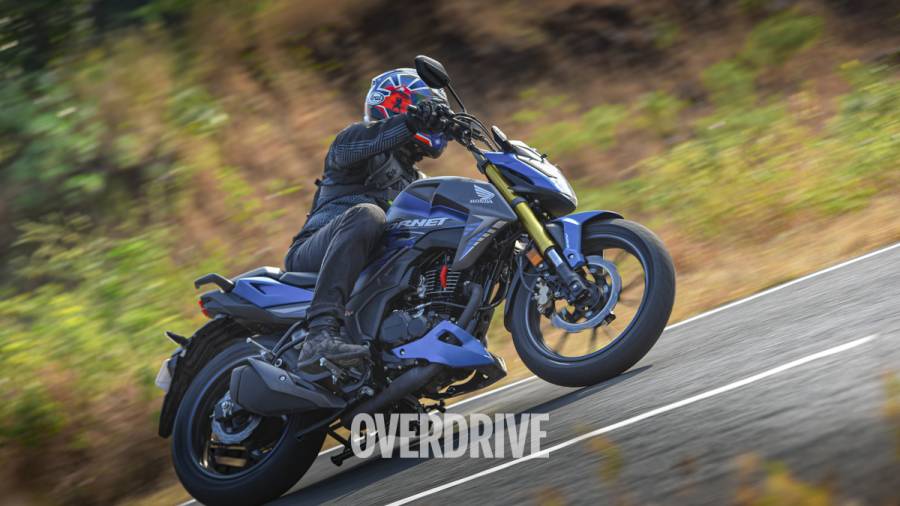
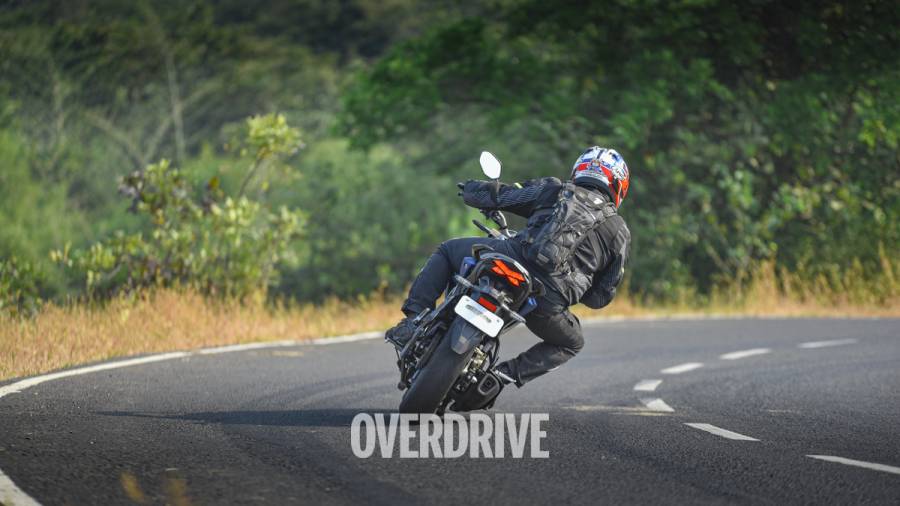
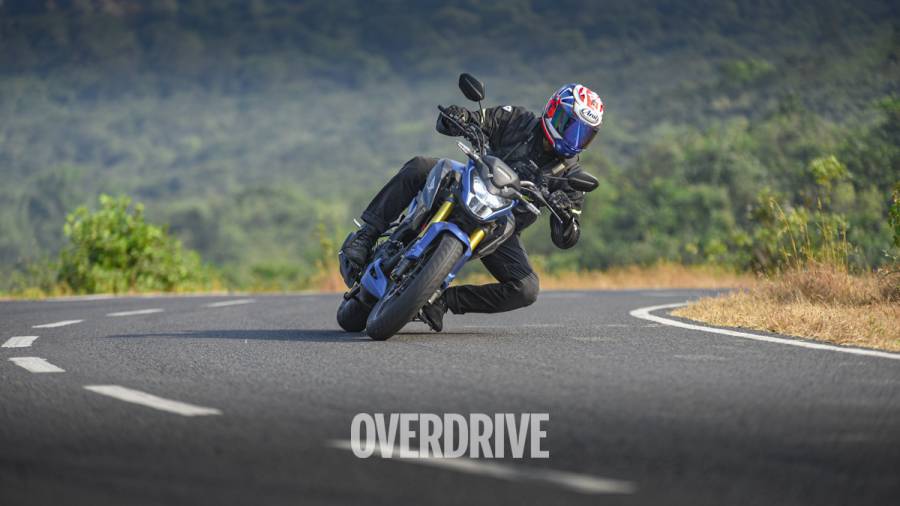
Engine
The CB300R's motor would have been perfect for this bike too and it would also justify the tall asking price. The "2.0" plays on the unassuming minds of the consumers and creates the impression of the new Hornet being a 200cc offering. Although, the engine is a 184.4cc single with figures that are still comparable to the 160cc segment. Its 17PS/16Nm output only tells half the story. It is significantly quicker than most of the 160s (barring the racy Apache 160 4V), and yet as fuel-efficient as most of them. It also has a strong midrange performance, which makes it an easy city commuter whether you are riding solo or with a pillion.
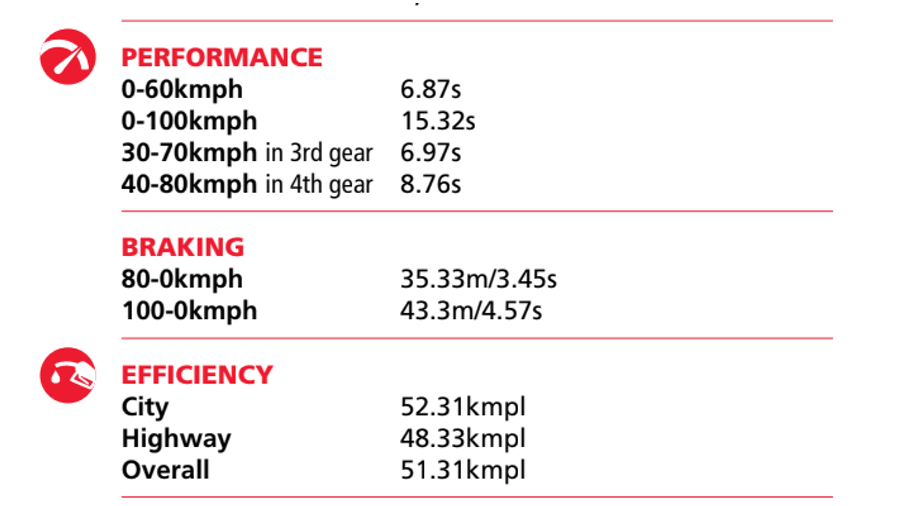
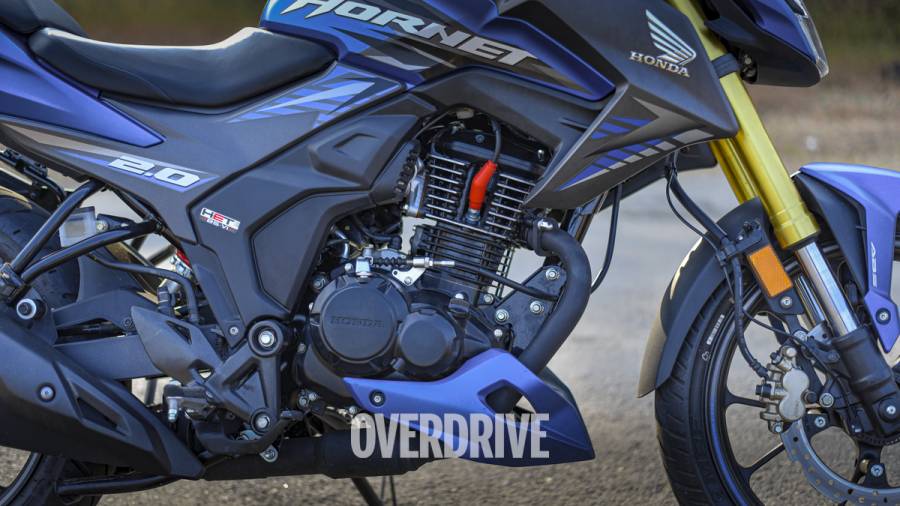
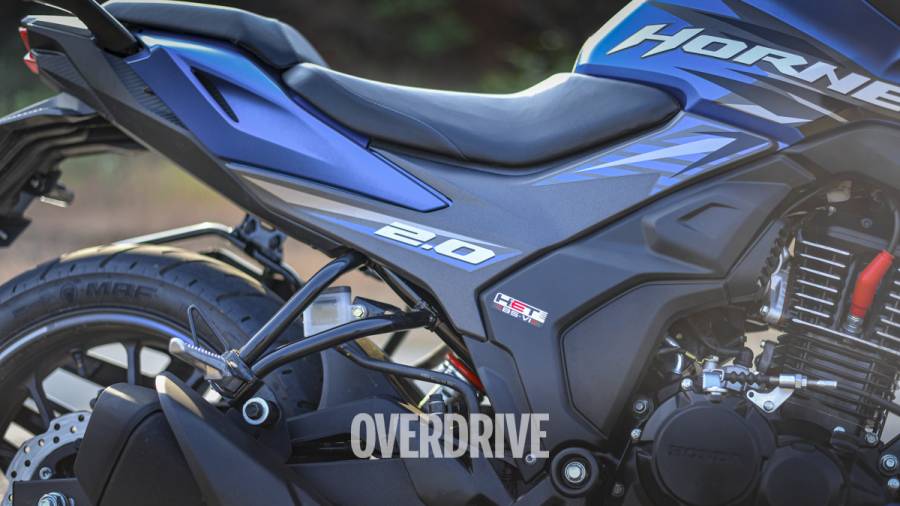
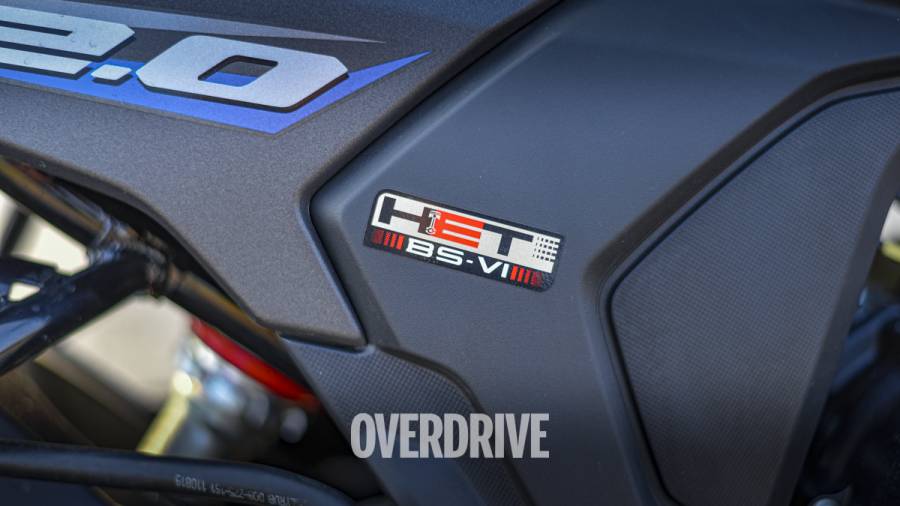
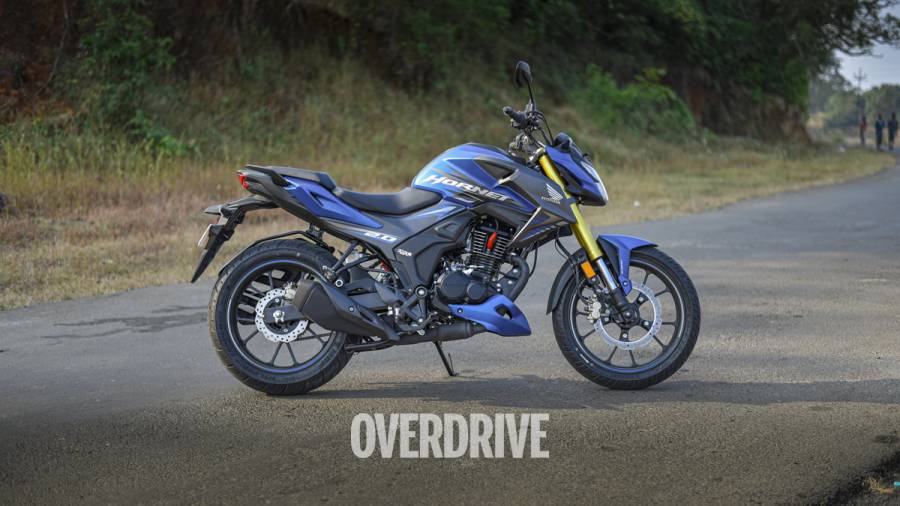
You will ride between 2-3,000rpm for most time during city commutes, while on the highway 6-8,000rpm is the zone that you will enjoy the most. The Hornet 2.0 has a cruising sweet spot between 100-110kmph, and it struggles beyond that point on its way to an indicated top speed of around 120kmph. The only bit that makes triple-digit speeds wary on this motorcycle is the lack of dual-channel ABS. The fatter tyres, MRF Zapper-FY, offer excellent grip through the corners, but under braking, the rear tends to lock up far too easily. If the Hornet 2.0 is going to be your first motorcycle or if you are used to using the rear brakes more than the front, I recommend getting into the habit of using the front more than the rear, then.
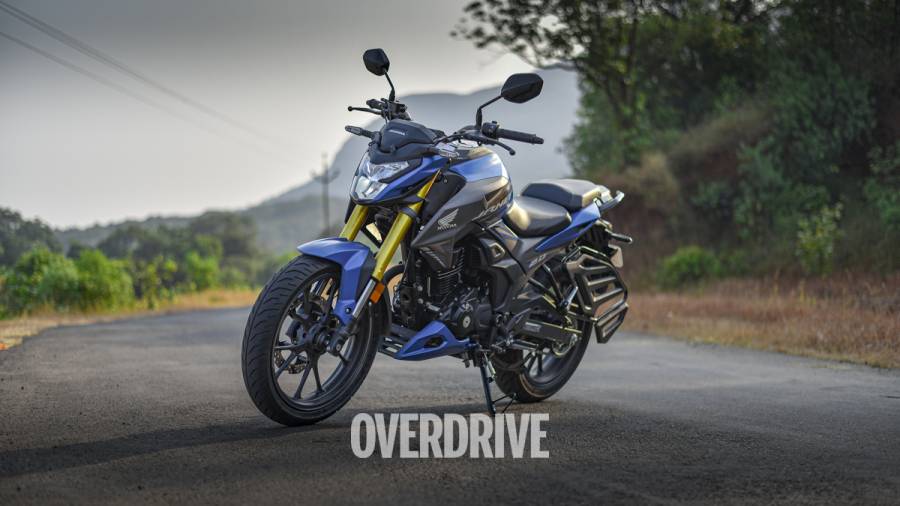
Verdict
Calling back what we began with, the new Hornet 2.0 certainly punches in the higher bracket, but I would have liked that punch to be a bit harder to take the fight to the 200s. It still looks the part and if Honda is to be believed - that is all that the customer wanted. If this incremental performance and size are not what you asked for, you can save a few and get yourself the X-Blade, but the economical Hornet 160R is gone. The beefy new cosmetics and the flashy USDs show in the tall asking price, putting the Hornet 2.0 in the same zone as the Apache RTR 200 4V and the Pulsar 200NS. How it compares to those bikes is a different story altogether, but should you be willing to stretch, the Hornet 2.0 is a package that will keep you happy just like most other Honda two-wheelers.
Photography Anis Shaikh
Starts Rs 1,26,921
184cc
5-Speed
17.26
16.10
-NA-
Starts Rs 1,38,041
125cc
6-Speed
14.50
12.00
-NA-
Starts Rs 1,02,700
149cc
5-Speed
12.40
13.60
-NA-
Starts Rs 83,042
149cc
5-Speed
12.40
13.60
-NA-
Related Stories
Top Stories
Latest Videos
Most Popular
- Upcoming Mahindra XUV 3XO: All you need to know
- Budget Sportbike Showdown: Kawasaki Ninja 500 vs Aprilia RS 457 vs Yamaha YZF-R3
- New Suzuki Swift spotted testing
- Nissan Magnite EZ-Shift review - is the AMT any good?
- 2024 Hyundai Creta vs Toyota Urban Cruiser Hyryder vs Skoda Kushaq comparison review - the hype is real?














